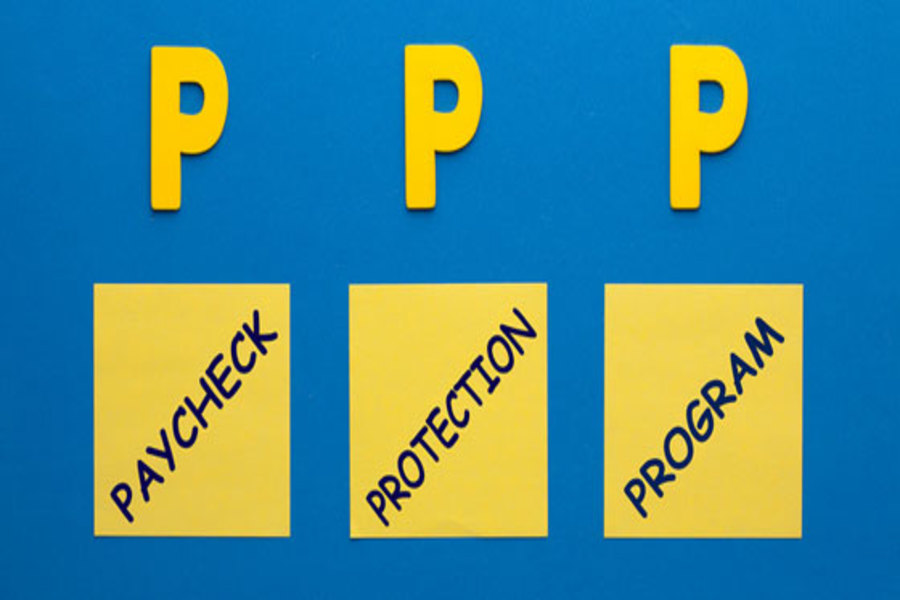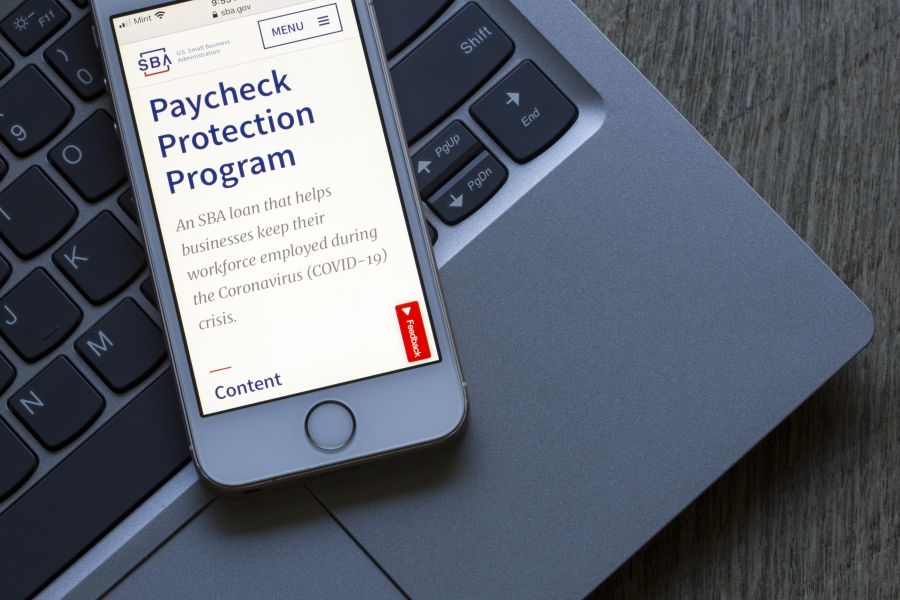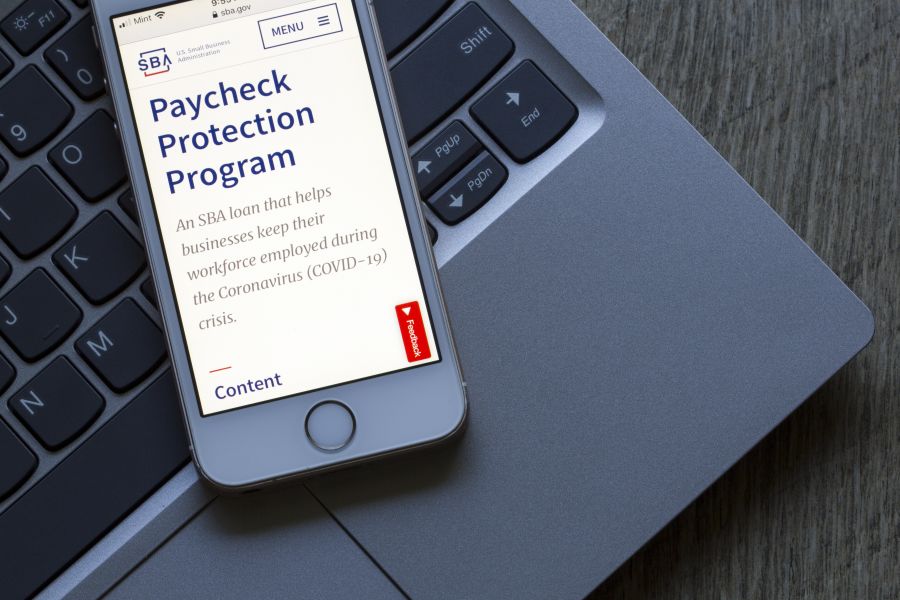Are you thinking about buying or replacing a vehicle that you’ll use in your business? If you consider a heavy SUV, you may be able to benefit from lucrative tax rules for those vehicles. Bonus depreciation Under current law, 100% first-year bonus depreciation is available for qualified new and used property that’s acquired and placed in service in a calendar year. New and pre-owned heavy SUVs, pickups and vans acquired and put to business use in 2021 are eligible for 100% first-year bonus depreciation. The only requirement is that you must use the vehicle more than 50% for business. If your business usage is between 51% and 99%, you can deduct that percentage of the cost in the first year the vehicle is placed in service. This...

The American Rescue Plan, 2021 (ARPA, 2021) was signed by President Biden on March 11, 2021 to address the continuing economic impact on employers and employees the coronavirus (COVID-19) pandemic has posed. The legislation extends and expands provisions found in the Families First Coronavirus Relief Act (FFCRA), Coronavirus Aid, Relief and Economic Security (CARES) Act, and the Consolidated Appropriations Act, 2021 (CAA, 2021). This post reviews the payroll provisions of ARPA. Paid Sick and Family Leave Credits Changes under ARPA apply to amounts paid with respect to calendar quarters beginning after March 31, 2021. ARPA, 2021: Extends the FFCRA paid sick time and paid family leave credits from March 31, 2021 through September 30, 2021. Provides that paid sick and paid family leave credits may each be...
The Small Business Administration (SBA) announced that the Paycheck Protection Program (PPP) reopened the week of January 11. If you’re fortunate to get a PPP loan to help during the COVID-19 crisis (or you received one last year), you may wonder about the PPP loan tax consequences. Background on the loans In March of 2020, the CARES Act became law. It authorized the SBA to make loans to qualified businesses under certain circumstances. The law established the PPP, which provided up to 24 weeks of cash-flow assistance through 100% federally guaranteed loans to eligible recipients. Taxpayers could apply to have the loans forgiven to the extent their proceeds were used to maintain payroll during the COVID-19 pandemic and to cover certain other expenses. At the end of 2020,...
Most fraud-prevention guidance advises owners and manager to monitor employees. But what exactly does this mean? Are you legally entitled to monitor employee computer use? What about security cameras in the workspace? Can you search an employee’s desk if you suspect the person is hiding something? The simple answer is that to stay on the right side of the law when fraud is suspected, your business must be careful about invading employee privacy. Their rights Many employment laws apply to employees’ privacy rights. In general, they attempt to balance employers’ interests in minimizing losses and injuries and maximizing production with employees’ interests in being free from intrusion into their private affairs. By adopting and clearly communicating employment policies, your company can, within limits, establish its authority to conduct...
COVID-19 has shut down many businesses, causing widespread furloughs and layoffs. Fortunately, employers that keep workers on their payrolls are eligible for a refundable Employee Retention Tax Credit (ERTC), which was extended and enhanced in the latest law. Background on the credit The CARES Act, enacted in March of 2020, created the ERTC. The credit: Equaled 50% of qualified employee wages paid by an eligible employer in an applicable 2020 calendar quarter, Was subject to an overall wage cap of $10,000 per eligible employee, and Was available to eligible large and small employers. The Consolidated Appropriations Act (CAA), enacted December 27, 2020, extends and greatly enhances the ERTC. Under the CARES Act rules, the credit only covered wages paid between March 13, 2020, and December 31, 2020. The...
A 1/13/2021 U.S. Treasury Department Press Release reported that the SBA is re-opening the Paycheck Protection Program (PPP) loan portal: to small lenders on 1/15/2021, and to all lenders on 1/19/2021. Background On 12/27/2020, the Consolidated Appropriations Act, 2021 (CAA 2021) was signed into law. Containing extensions and expansions of the PPP, it provides additional funding for what has been a popular provision with many small businesses included in the Coronavirus Aid, Relief and Economic Security (CARES) Act . . . allowing eligible employers to obtain forgivable loans for certain payroll and non-payroll purposes. Important changes from the CAA include: authorizing an additional $284 billion towards the PPP, extending the PPP to 3/31/2021, and allowing for Second Draw loans for certain smaller businesses that initially received...
A Procedural Notice has been released by the SBA to it's employees, as well as PPP lenders related to First Draw PPP Loan increases. Under the Economic Aid Act (EAA) in the Consolidated Apportionment Act (CAA 2021), certain borrowers may request an increase under certain conditions: First Draw Paycheck Protection Program Loan Increases After Enactment of the Economic Aid Act, 1/13/2021 SBA Procedural Notice Control No. 5000-20076 Increase to a First Draw PPP Loan The Economic Aid Act (EAA) permitted certain borrowers to re-apply or request an increase to a First Draw PPP Loan approved on or before 8/8/2020. In general, increases in the loan amount: may not exceed the maximum loan amount the borrower is entitled to under PPP rules, and may not exceed a total of...
In IRS Tax Tip 2020-80, the IRS explained new Form 1099-NEC, Nonemployee Compensation for business taxpayers who pay or receive nonemployee compensation. Starting in tax year 2020, payers must complete this form to report any payment of $600 or more to a payee. Generally, payers must file Form 1099-NEC by January 31. For 2020 tax returns, the due date is February 1, 2021. There is no automatic 30-day extension to file Form 1099-NEC. However, an extension to file may be available under certain hardship conditions. Nonemployee compensation may be subject to backup withholding if a payee has not provided a taxpayer identification number to the payer or the IRS notifies the payer that the TIN provided was incorrect PDF. A TIN can be one of the following numbers: Social Security Employer identification Individual...
In a Treasury Department Press Release dated 1/8/2021, the Treasury Department and Small Business Administration (SBA) have announced that the Paycheck Protection Program (PPP) will reopen the week of January 11. To promote access to capital: initially, only community financial institutions will be able to make First Draw PPP Loans on 1/11/2021, and Second Draw PPP Loans on 1/13/2021. All participating lenders will be able to participate in the PPP shortly thereafter. Interim Final Rules The SBA and Treasury Department recently released Interim Final Rules and other guidance. See the following related posts: SBA Releases Guidance on PPP Extension and Expansion SBA Releases Interim Final Rules Regarding PPP Second Draw Loans Additional Guidance: Top-Line Overviews The SBA also released a Top-line Overview of First Draw PPP and a Top-line Overview of Second Draw PPP. The Top-line Overview...
The Treasury Department and Small Business Administration (SBA) have released Interim Final Rules (IFR) regarding the permission of "second draw loans" under the Paycheck Protection Program (PPP) recently authorized by the Consolidated Appropriations Act, 2021 (CAA 2021). BACKGROUND CARES Act The CARES Act provided the original legislation authorizing the Small Business Administration (SBA) to make loans to qualified businesses under certain circumstances. The provision established the Payroll Protection Program (PPP), which provides up to 24 weeks of cash-flow assistance through 100% federally guaranteed loans to eligible recipients for the purpose of maintaining payroll during the coronavirus (COVID-19) pandemic and to cover certain other expenses. Paycheck Protection Program Flexibility (PPPF) Act The Paycheck Protection Program Flexibility (PPPF) Act made significant modifications to the PPP, including: reducing the percentage of loan proceeds...











